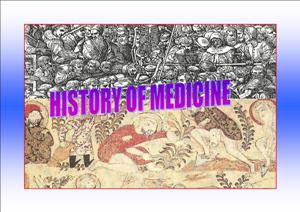Food spoilage: Staphylococcus aureus in hams and it products
Spoilage for raw hams can be caused by a variety of bacteria growing within the meat before the salt concentration is sufficiently high and/or if the initial curing temperature is not sufficiently low to prevent multiplication.
The reason why ham products are frequently involved is that in their preparation they may contaminated with Staphylococcus aureus, and since this product contains 2-3% salt, other bacteria might grow and inhibit the growth of staphylococci are themselves inhibited by the salt.
Staphylococcus aureus is able to grow and produce enterotoxin on slices of raw of the aw is above 0.90. Values of aw above 0.90 are usually associated with the production of ham from high pH meat. Values of aw above 0.90 should be stored refrigerated.
Tests in both media and raw pork showed that Staphylococcus aureus growth can occur in any combination of salt, nitrate and nitrite that is palatable and permissible. Staphylococcus also die rapidly in ham curing pickle unless protected by meat juices.
To reduce Staphylococcus aureus food poisoning, the amount of manual handling should be minimizes. Slicers should be dismantled when cleaned and sanitized. Ham should be sliced when it its cold. Rapid cooking should be permitted by storing food in small, loosely covered containers.
Food spoilage: Staphylococcus aureus in hams and it products








